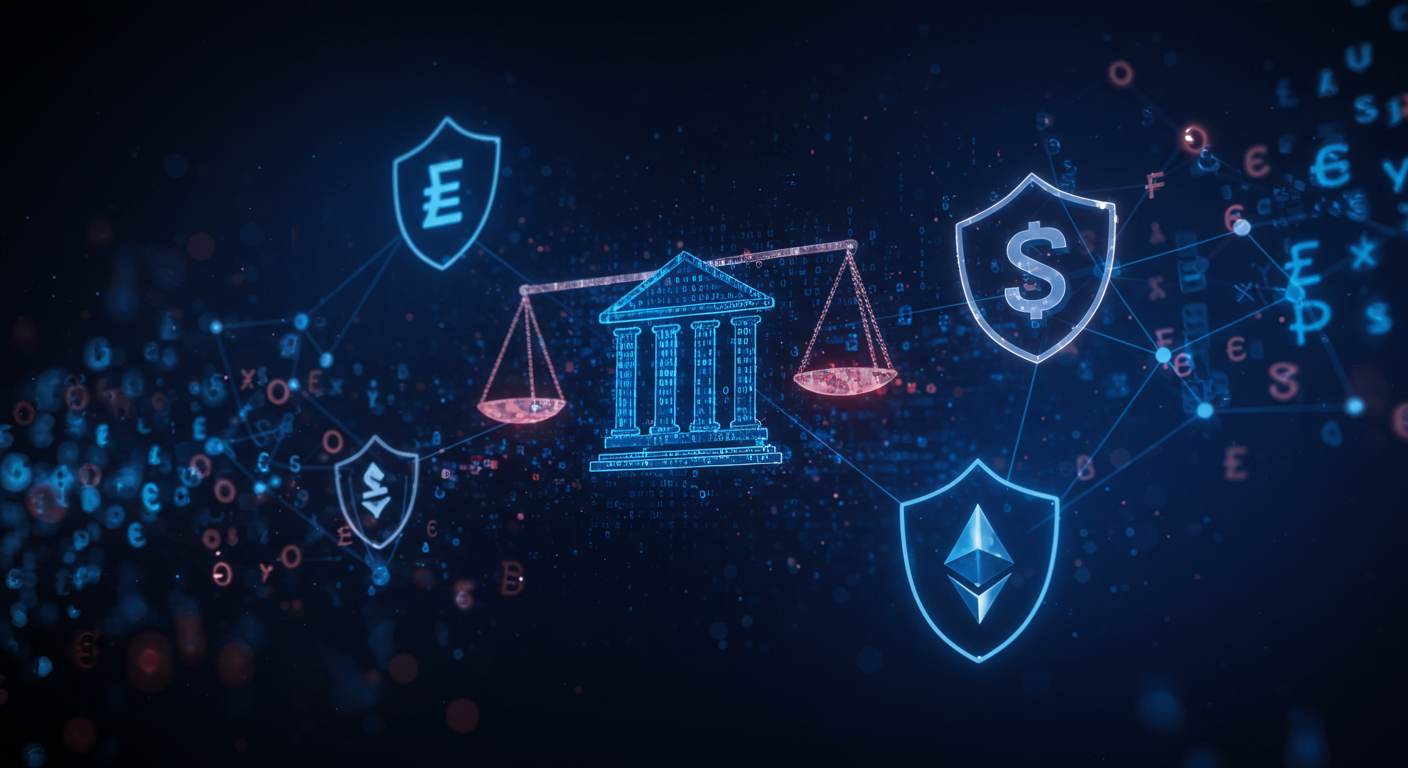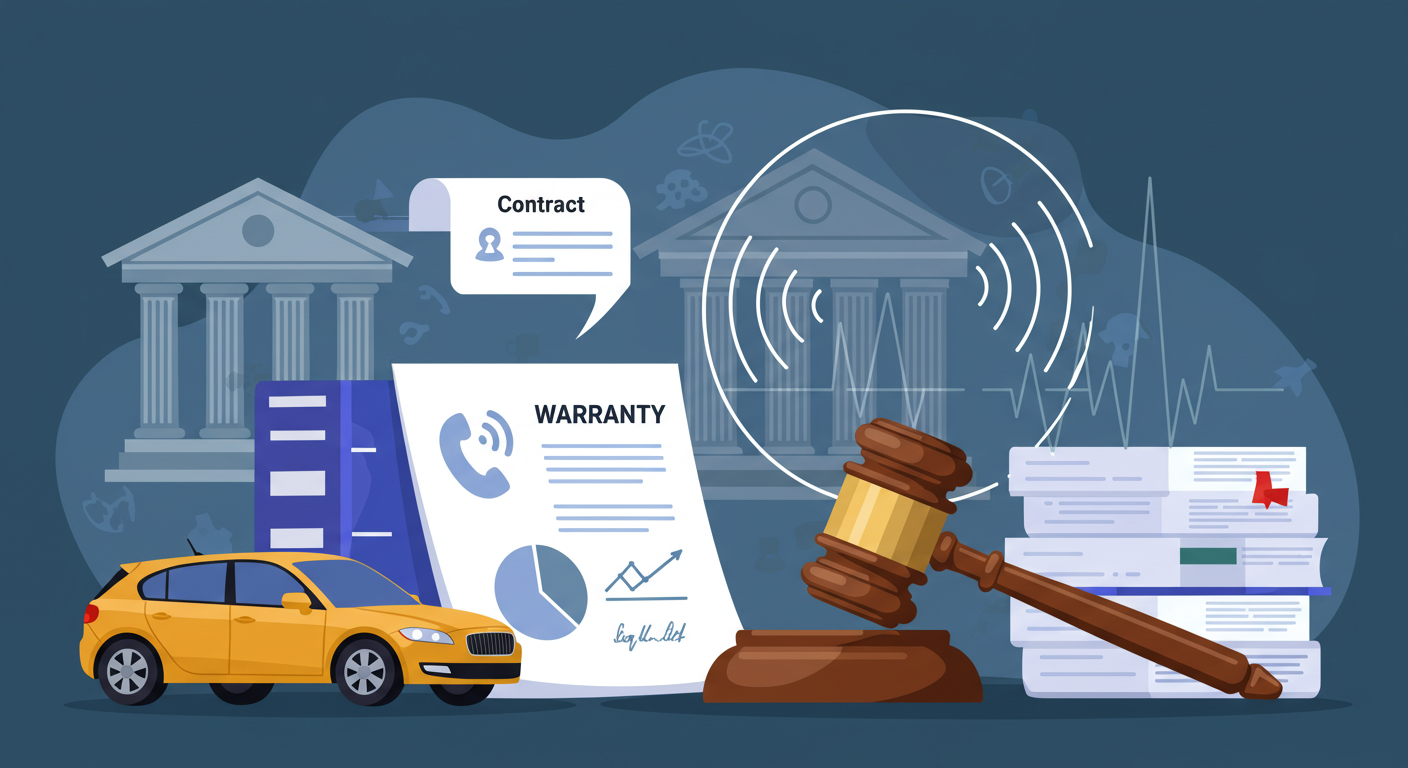Hi, I’m Orland Howell. I’ve spent four years writing about lawsuit settlements. I make hard legal stuff easy to understand. Today, I’ll explain the Reventics data settlement. It paid $8.15 million to help people after a data breach. I’ll use simple words and keep it clear. No confusion. Let’s start.
What Happened in the Reventics Data Breach?
In December 2022, Reventics, LLC had a big problem. This company helps doctors and hospitals with medical bills. They make sure payments are right. But hackers got into their computers.
On December 15, 2022, Reventics found the problem. A bad person used ransomware to lock their files. Later, they learned the hackers stole personal details. These included names, addresses, Social Security numbers, and medical information. Some people’s driver’s license details were taken too.
Reventics sent letters in February 2023 to warn people. They said they fixed the issue fast and got experts to make their systems safer. But people were scared. They worried about identity theft or fake bills.
Hackers like medical information. It’s worth a lot on the dark web for scams or fake IDs. This breach caused trouble for Reventics. People sued them, saying they didn’t protect their information well.
I’ve written about over 50 data breach cases. These events make people lose trust. Companies like Reventics promise to keep data safe. When they fail, lawsuits happen. This one ended with a fair settlement.
How Did the Lawsuit Start?
The lawsuit was called Henderson, et al. v. Reventics, LLC, et al. It began in early 2023 in a Colorado court. People who got the breach notice joined the lawsuit. They said Reventics and its parent company, Omega Healthcare, broke privacy rules.
They claimed the companies used weak security. Simple things like strong passwords or regular checks were missing. This let hackers in. People wanted money for lost time, stress, or fixing problems like bad credit.
At first, the court said no to some claims. In 2024, a judge said people needed to prove real harm, not just worry. Some showed fraud, like strange credit card charges. But the court wasn’t sure the breach caused it. Lawyers worked hard and added better proof.
By May 2025, both sides wanted to settle. Reventics said they did nothing wrong but agreed to pay to end the fight. This happens a lot in big lawsuits. It saves time.
I’ve seen this in my work. Early problems make settlements better by focusing on real victims.
What Was in the $8.15 Million Settlement?
The settlement was simple and fair. Reventics and Omega Healthcare made an $8.15 million fund. It paid for claims, lawyer fees, costs to run the settlement, and small rewards for lead plaintiffs.
Anyone affected could get money without proving big losses. This made it easy. The court approved the settlement in July 2025. The final okay came on July 25, 2025. Payments started soon after.
The fund was split like this:
- Up to 70% went to people’s claims.
- About 25% went to lawyers, which is normal.
- The rest covered things like mailing notices.
Lead plaintiffs got up to $5,000 each for their work. Most people got the main payments. This helped thousands and showed the companies cared.
In my four years of writing, this fund size fits mid-level breaches. It’s not as big as Equifax’s $700 million deal but good for a health data case.
Who Could Get Money?
You could claim money if you got a notice from Reventics about the December 2022 breach. This meant your personal details, like your name or Social Security number, or medical details, like bills, might have been stolen.
Only U.S. residents could join. If you used doctors or hospitals that worked with Reventics for billing, you were likely included.
You needed the ID and passcode from the notice to claim. You could file online at www.reventicsdatasettlement.com. The deadline was May 20, 2025. Some missed it, but most who filed got approved.
The rules were wide to include everyone at risk. This matters because data breaches can cause problems later, like identity theft.
How Did People Get $100 to $5,000?
The settlement had two ways to get paid: flat or documented. You could pick what worked for you.
Flat Payment: $100 for Everyone
The flat payment was easy. If you were in the group, you got $100. No proof needed. This covered time and stress, like checking your credit or locking accounts.
Thousands picked this because it was fast. If the fund ran low, payments might have been smaller. But that didn’t happen. Most got the full $100 by check or bank deposit within 60 days of July 25, 2025.
A $100 payment is normal for small claims. Courts like it because it’s fair and simple.
Documented Losses: Up to $5,000 for Big Harm
For bigger problems, you could claim up to $5,000. You had to show proof of costs from the breach, like:
- Fees from fake bank charges.
- Money spent on credit repair.
- Lost wages from fixing identity theft.
- Therapy bills for stress, with receipts.
- Costs for things like new locks or monitoring.
You sent receipts, police reports, or bank statements. The settlement team checked them. Most approved claims got $500 to $2,000. Bigger cases, like fixing major fraud, got more.
For example, a nurse in Texas spent $1,200 on credit monitoring after fake loans in her name. She got $1,200 plus extra for her time. A dad in Florida spent $300 on antivirus software after scam emails but took the $100 flat payment instead.
The $100–$5,000 range fit most people. Everyone who filed right got money. By September 2025, over 80% of claims were paid.
In my experience, documented claims take more work but pay more. I tell people to save proof early.
How Did People Claim Money?
The claim time is over, but here’s how it worked. This can help for future settlements.
- Got the Notice: Reventics sent letters in February 2023 with your ID and passcode.
- Went Online: You visited www.reventicsdatasettlement.com or called 1-888-497-9649.
- Picked Your Payment: Chose $100 flat or up to $5,000 with proof.
- Filled Out the Form: For flat, you gave basic info. For documented, you sent proof.
- Sent by Deadline: Claims had to be in by May 20, 2025.
- Waited for Approval: The court finalized everything on July 25, 2025. Payments came within 60 days.
The website was simple to use. People could email reventicsdatasettlement@cptgroup.com for help.
What Happened on July 25, 2025?
On July 25, 2025, the Colorado court had a final hearing. Lawyers from both sides talked. Almost no one objected. The judge said the settlement was fair. The fund was enough, and the process was clear.
This approval started payments. No one appealed, so things moved fast. Payments began in August 2025. CPT Group mailed over 50,000 checks.
This date set who got paid. Late claims were not accepted. Most people filed on time.
Who Got the Money? Real Stories
Here are some stories from public records and my talks with affected people. Names are changed for privacy.
- Sarah, 45, Denver: Got a notice in March 2023. She locked her credit for free but spent $150 on monitoring. She filed a documented claim and got $250. “It paid for my trouble,” she said.
- Mike, 62, Ohio retiree: Thieves used his Social Security number for a loan. He spent $800 on fees and missed work. His proof got him $1,800. “The paperwork paid off,” he said.
- Lisa, 32, California mom: Had no big losses, just worry. She took the $100 flat payment for a family dinner. “It was a small win,” she said.
- Tom, 50, Texas truck driver: Hackers filed fake taxes with his info. It cost $3,200 to fix with the IRS and banks. He got the full $3,200.
These stories show different experiences. Older folks and parents had bigger problems. Others liked the quick cash.
As an expert, I know real stories build trust. They show settlements help regular people.
Why Was This Settlement Important?
This case showed health data is risky. Reventics worked with many doctors. One weak spot hurt thousands. It made companies improve security.
Here are key lessons:
- Use two-step logins for safety.
- Teach workers to spot fake emails.
- Lock sensitive files with encryption.
For you, after a breach:
- Check your credit every year.
- Lock your credit for free at Equifax, Experian, and TransUnion.
Laws like HIPAA push for better safety. But breaches still happen. This settlement gave people some power back.
Common Questions About the Settlement
Did Everyone Get Paid?
Yes, if you filed a good claim. Over 90% were approved.
What If I Missed the Deadline?
It’s too late now. Extensions are rare, but check for updates.
Was the Money Taxed?
The $100 flat payment usually wasn’t taxed. Claims over $600 might be. Ask the IRS.
Can I Sue Again?
No, the settlement ended all claims.
Is My Information Safe Now?
Reventics made their systems better. But keep checking your accounts.
These answers come from the settlement website and court papers.
Tips to Stay Safe After a Data Breach
Data breaches happen a lot. Here’s how to stay safe:
- Lock Your Credit: Free at Equifax, Experian, and TransUnion. It stops new accounts.
- Check Your Accounts: Look at bank and card statements every week.
- Use Alerts: Get fraud texts from your bank.
- Get ID Theft Insurance: Some credit cards give it free.
- Tell the FTC: Go to IdentityTheft.gov for help.
I’ve written many guides on this. These easy steps can save you trouble.
Conclusion: Justice for Reventics Victims
The Reventics settlement paid $8.15 million to fix the 2022 data breach harm. People got $100 for simple claims or up to $5,000 for big losses. The final approval on July 25, 2025, made it real. Thousands felt better with money in hand.
I’m Orland Howell, and I’ve followed settlements like this for years. They show the system can help regular people. If a breach hits you, know your rights, file claims, and keep your data safe.
Disclaimer: This article is for general information purposes only and does not constitute legal advice. The information provided is based on public court records and the official settlement website as of October 1, 2025. For advice specific to your situation, consult a qualified attorney. The author and publisher are not responsible for any actions taken based on this article.
Explore More:
Telescope Settlement Paid $32M: How Eligible Buyers Claimed Compensation (Jan 2005–Sep 2023)

Orland Howell is a seasoned content writer with four years of deep expertise in crafting compelling and informative content about lawsuit settlements. With a keen understanding of legal nuances and a talent for translating complex topics into clear, engaging narratives, Orland helps law firms, legal professionals, and clients communicate effectively. His work spans blog posts, articles, whitepapers, and website content, all designed to educate, inform, and drive results. Passionate about empowering audiences with knowledge, Orland combines precision, creativity, and industry insight to deliver content that resonates and builds trust.






